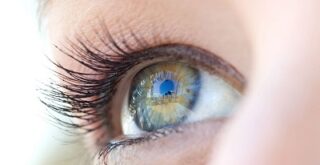Following several rounds of clinical trials, balloon therapy has now become available in the United States for people who want to lose a moderate amount of weight but who are not eligible for bariatric surgery.
Also known as an intragastric balloon, this procedure has started being used to assist some Americans with weight loss. The first person to receive balloon therapy for this reason was a woman in Houston, Texas named Cheryl Simonton. She managed to lose over 20 pounds in a period of two months and claimed that it is comfortable enough that she can’t tell that it is there except that her appetite has considerably reduced.
The idea of balloon therapy for weight loss patients isn’t actually anything new. Many other countries have been using intragastric balloons for this purpose for more than two decades. However, it is only very recently that regulators in the United States have taken this treatment seriously and have studied it in order to be able to give their approval.
The balloon itself is considered to be a medical device and while it has been deemed to be effective and safe when used for moderate amounts of weight loss, there remains some concern with regards to the way they are being marketed. The issue causing the worry is that the wording of the marketing may suggest that this is a type of strategy that is appropriate for losing weight for cosmetic purposes as opposed to looking at it as an actual medical treatment; which it is.
These devices first received their approval from American regulators in August. Using them involves having a medical professional use an endoscopic procedure in order to insert the balloon into the patient’s stomach. Throughout this time, the patient is under mild sedation in order to make things more comfortable. A camera is attached to the tube that is used to place the balloon into the stomach, where it is filled with anywhere from 400 to 700 cubic centimeters of saline. At its largest, it is about the same size as a standard softball.
The device is only part of the weight loss strategy. It is left in place for a maximum of six months, but during that time, the patient must be in regular contact with psychologists, nutritionists and exercise psychologists in order to be able to overcome the behaviors that caused the weight gain in the first place and to stop it from coming back once the device is removed.
Some patients experience nausea over the first few days and some will need to have their balloons adjusted before they are properly positioned.



















